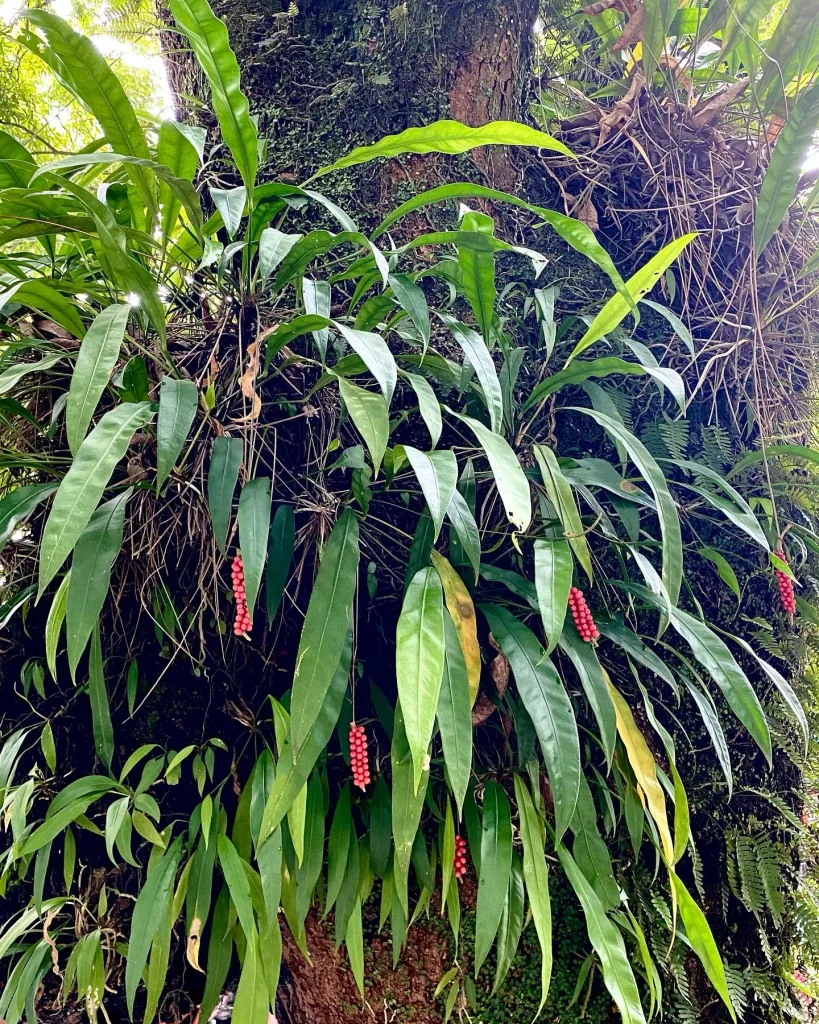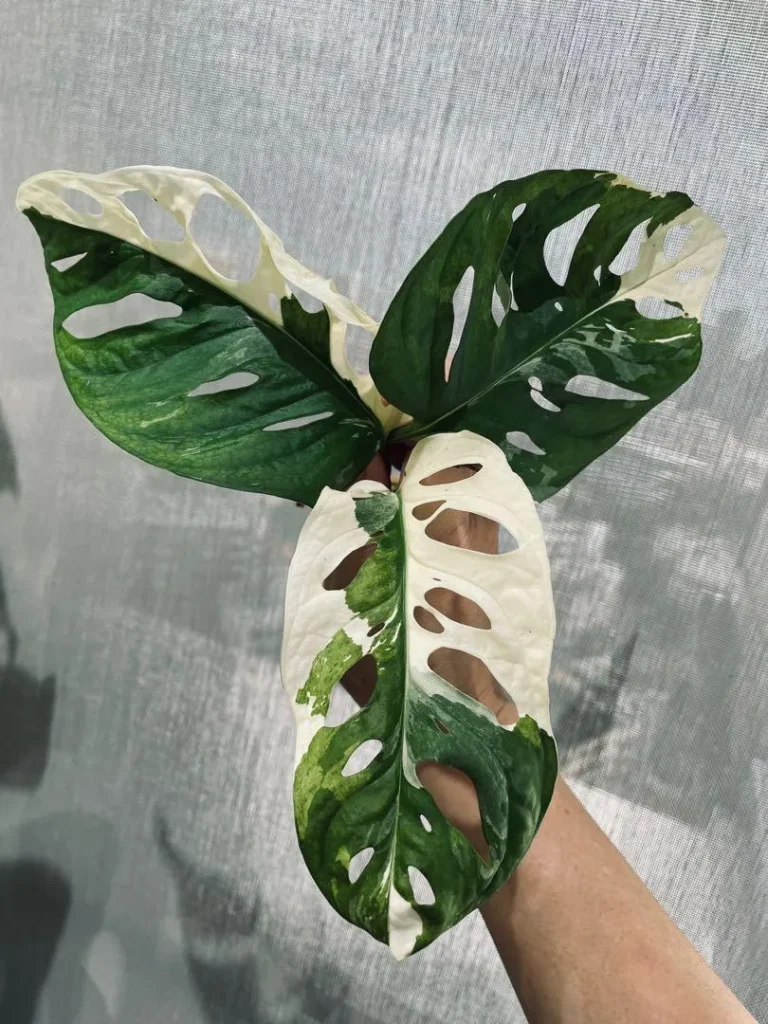False Rosemary: A Deep Dive with Ferb Vu
I’ve always been fascinated by the intricate world of plants. Their diversity, resilience, and sheer beauty never cease to amaze me. Lately, I’ve been particularly drawn to a genus of flowering plants known as Conradina, more commonly called “false rosemary.” These aromatic shrubs, with their delicate flowers and needle-like leaves, are endemic to the southeastern United States, and they hold a special place in my heart.
What is Conradina?
Conradina belongs to the mint family, Lamiaceae, and is closely related to the rosemary we all know and love. However, despite the common name, false rosemary is a distinct genus with its own unique characteristics. These evergreen shrubs typically grow up to one meter in height and are often found in sandy soils, particularly in scrub habitats and coastal areas. They are known for their pungent, aromatic foliage, which releases volatile oils with a strong fragrance reminiscent of rosemary, mint, and sometimes even citrus.
Why the Name “False Rosemary”?
The name “false rosemary” can be a bit misleading. It’s not that these plants are trying to imitate rosemary; they simply share some visual similarities. Both have needle-like leaves and a similar growth habit. However, a closer look reveals key differences. Conradina leaves are generally shorter and more densely packed than rosemary. Also, the flowers of Conradina are typically smaller and less showy than those of rosemary, often blooming in shades of lavender, pink, or white.
A Closer Look at the Species
The genus Conradina comprises 5 recognized species, each with its own distinct characteristics and distribution:
- Conradina canescens (Florida Rosemary): This species is found in central and northern Florida, characterized by its whitish-gray leaves and pale lavender flowers.
- Conradina etonia (Etonia Rosemary): Endemic to a small region in Putnam County, Florida, this rare species is distinguished by its hairy leaves and stems.
- Conradina glabra (Apalachicola Rosemary): This species, found in the Florida panhandle, has smooth, hairless leaves and white to lavender flowers.
- Conradina grandiflora (Largeflower False Rosemary): True to its name, this species boasts the largest flowers in the genus, often reaching up to an inch in length. It is found along the Atlantic coast of Florida.
- Conradina verticillata (Cumberland Rosemary): This species stands out as the only one not found in Florida. It is restricted to the Cumberland Plateau in Kentucky and Tennessee.
The Ecological Role of Conradina
Conradina species play a vital role in their ecosystems. Their dense growth habit provides shelter for small animals, and their flowers attract pollinators like bees and butterflies. Interestingly, Conradina plants also exhibit allelopathic properties. They release chemicals that inhibit the growth of other plants, particularly grasses. This helps to reduce competition and may also play a role in fire suppression by limiting the amount of flammable material in the understory.
Conservation Concerns
Sadly, several Conradina species are facing threats due to habitat loss and degradation. Development, agriculture, and fire suppression have all contributed to the decline of these unique plants. Conservation efforts are underway to protect remaining populations and restore habitat.
My Fascination with Conradina
My interest in Conradina stems from a deep appreciation for the biodiversity of our planet. These plants, often overlooked and underappreciated, represent a unique part of our natural heritage. Their resilience in the face of challenging conditions, their ecological importance, and their simple beauty all contribute to their allure. I believe it’s crucial to raise awareness about these fascinating plants and support efforts to conserve them for future generations.
I encourage everyone to take some time to learn more about the flora in their own region. You might be surprised by the hidden gems you discover, just like I was with Conradina.
If i die, water my plants!



